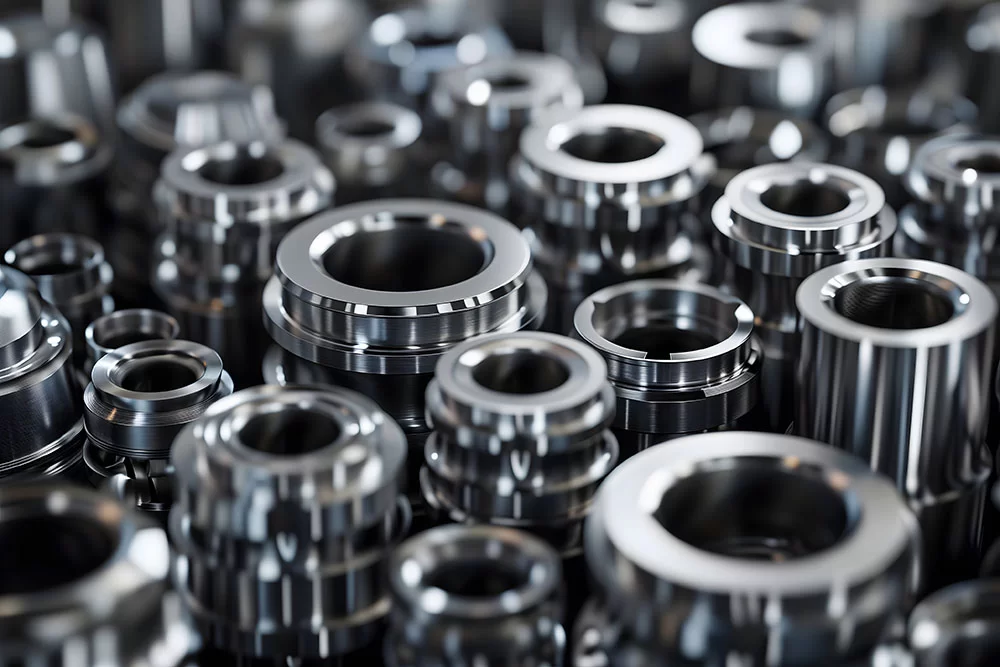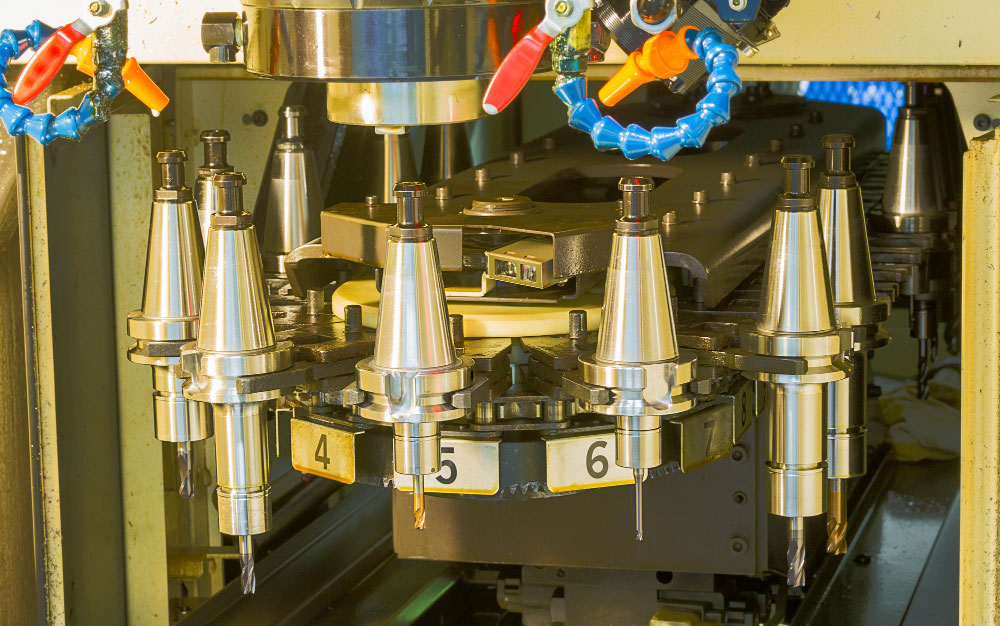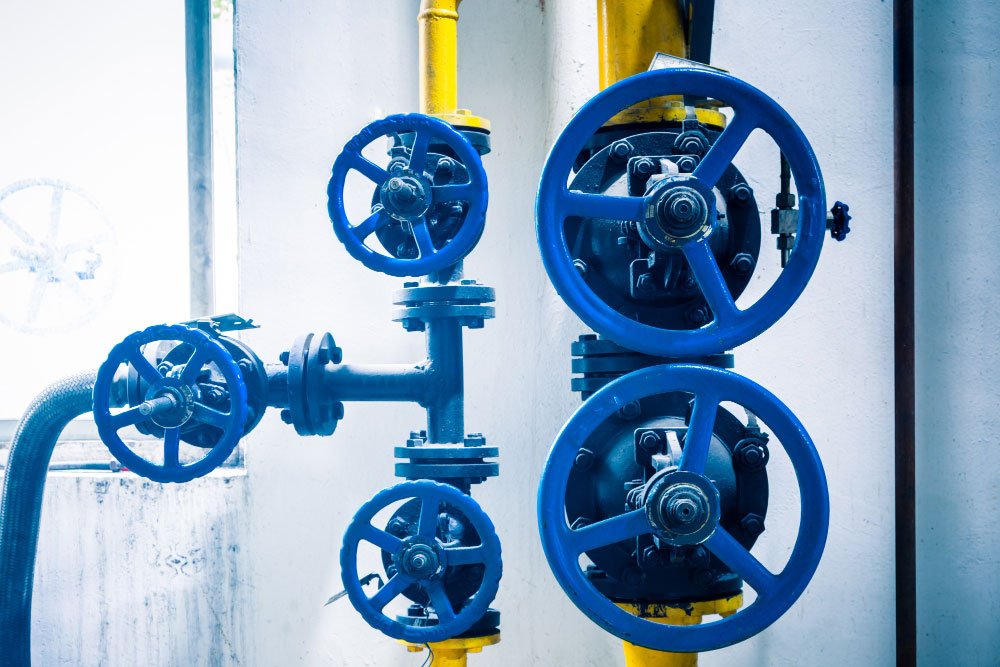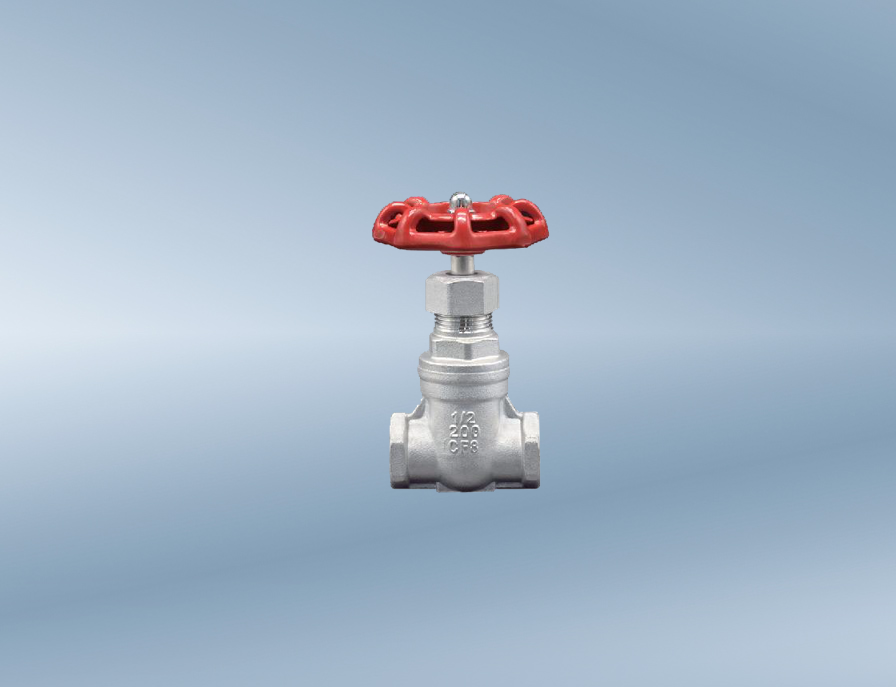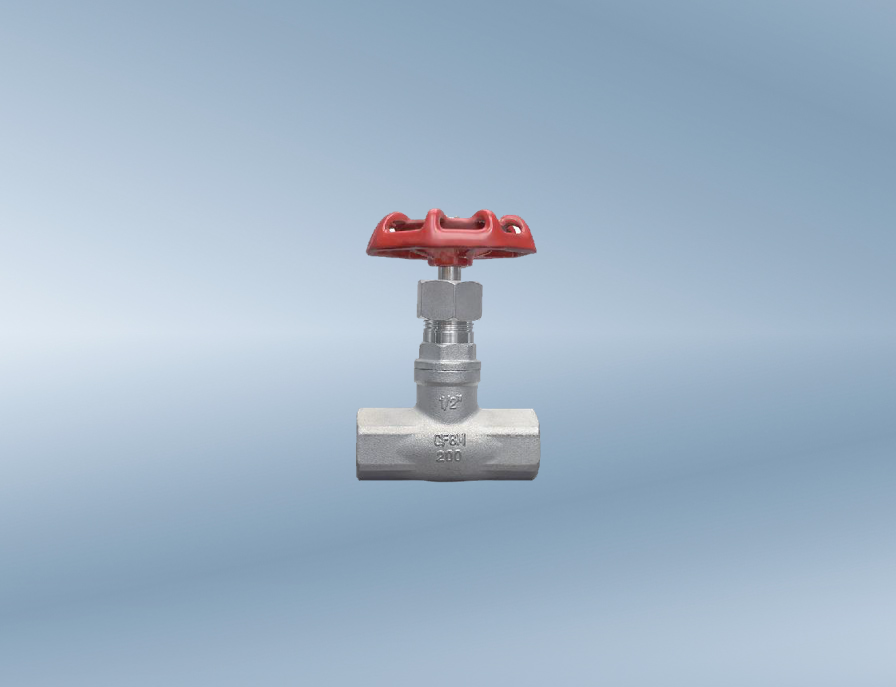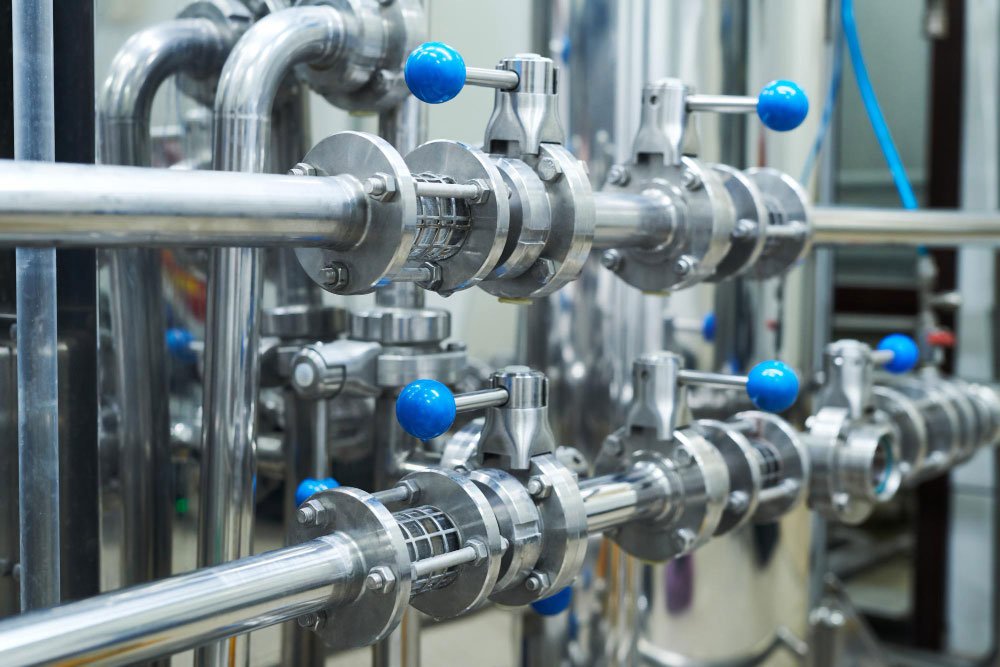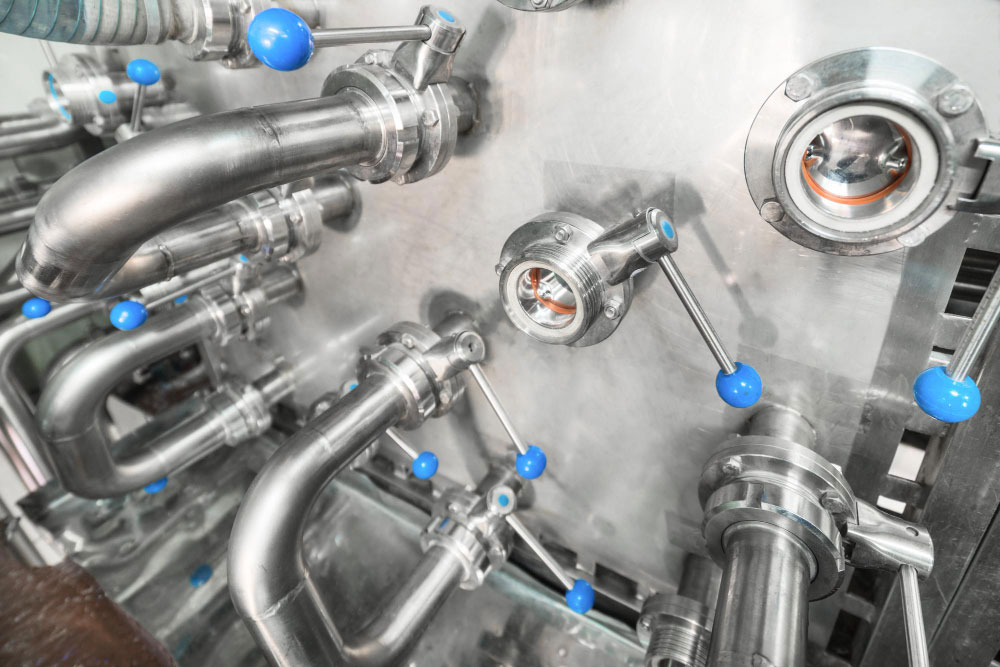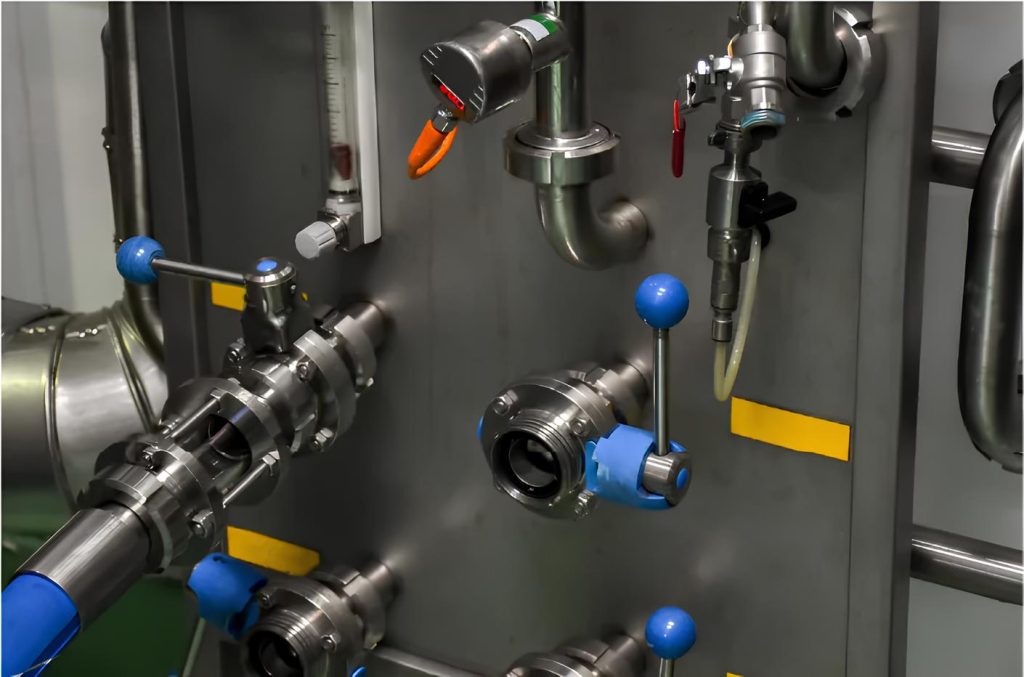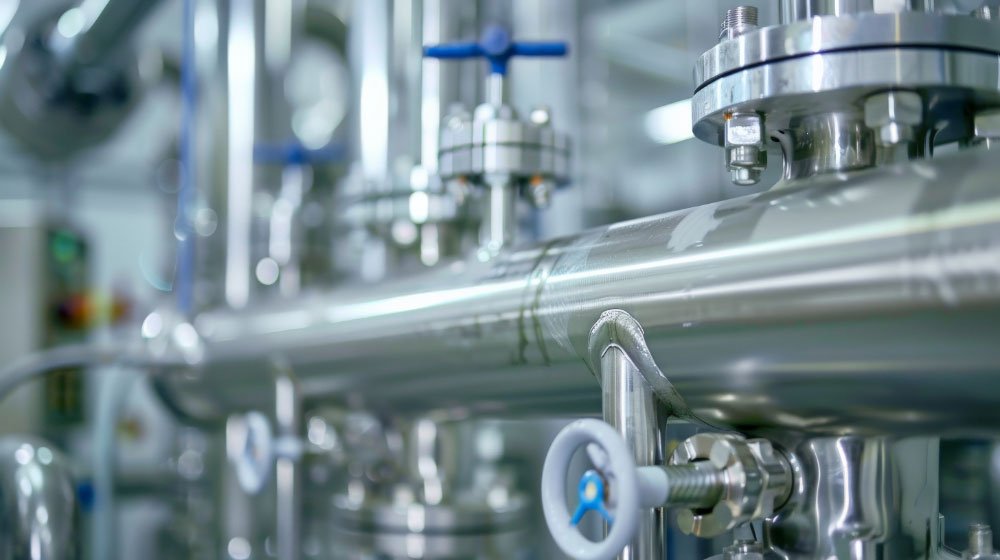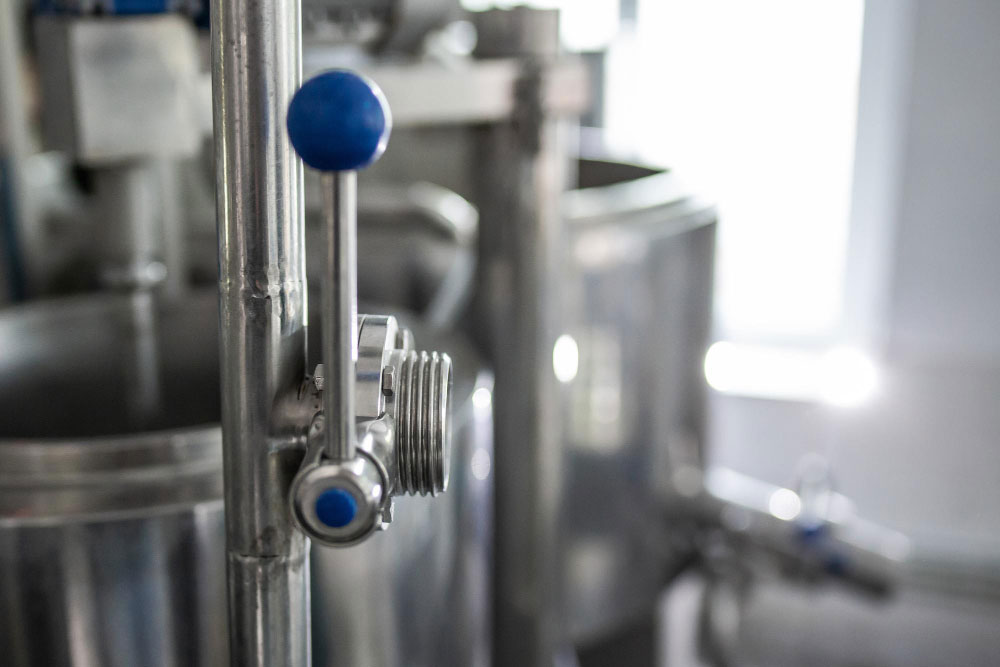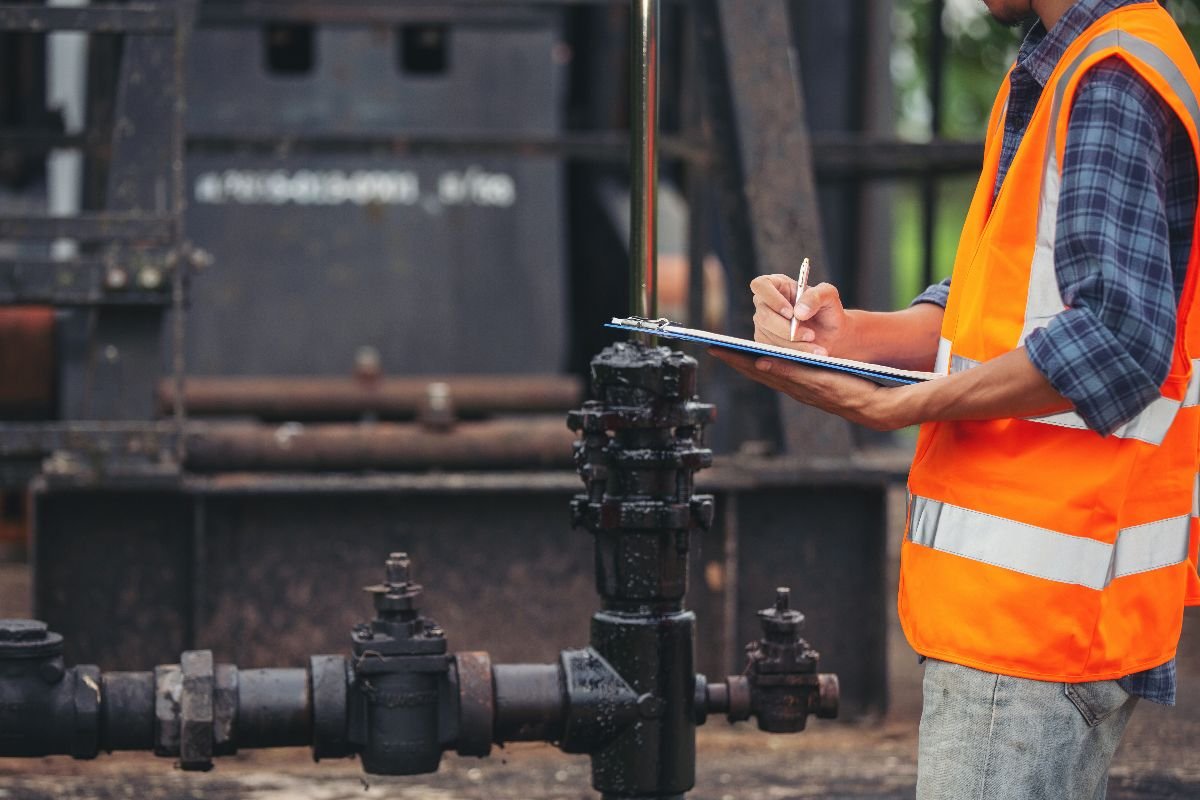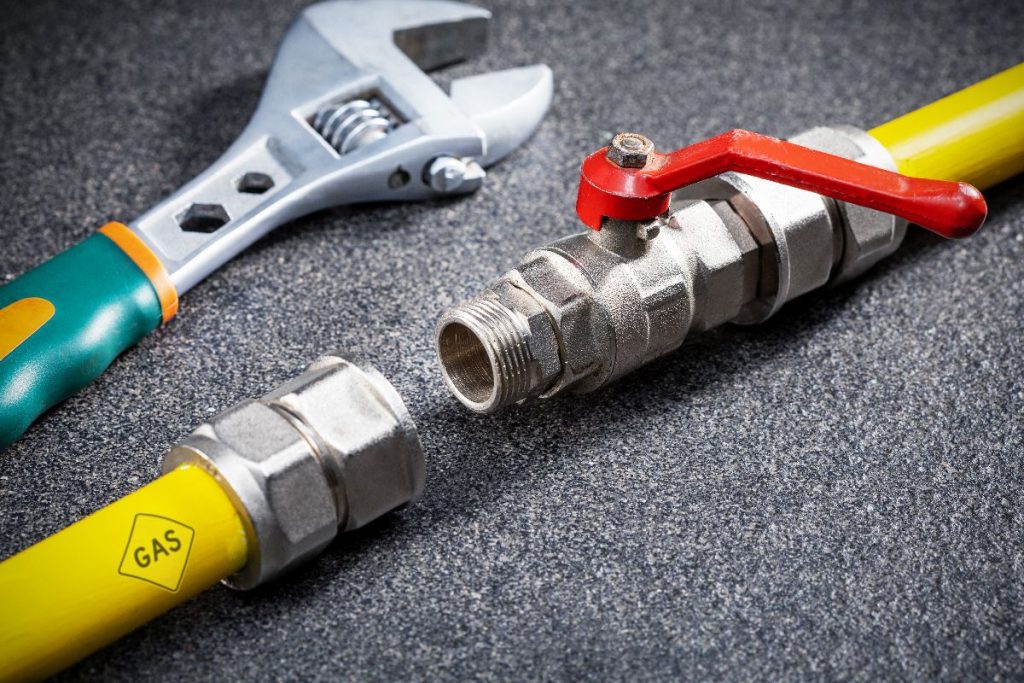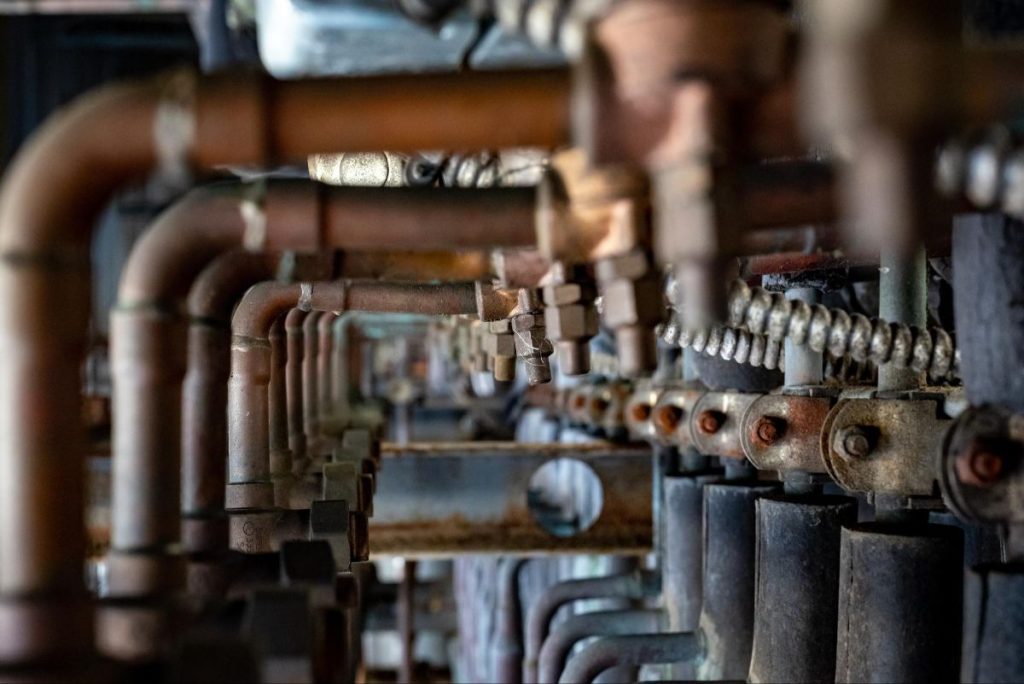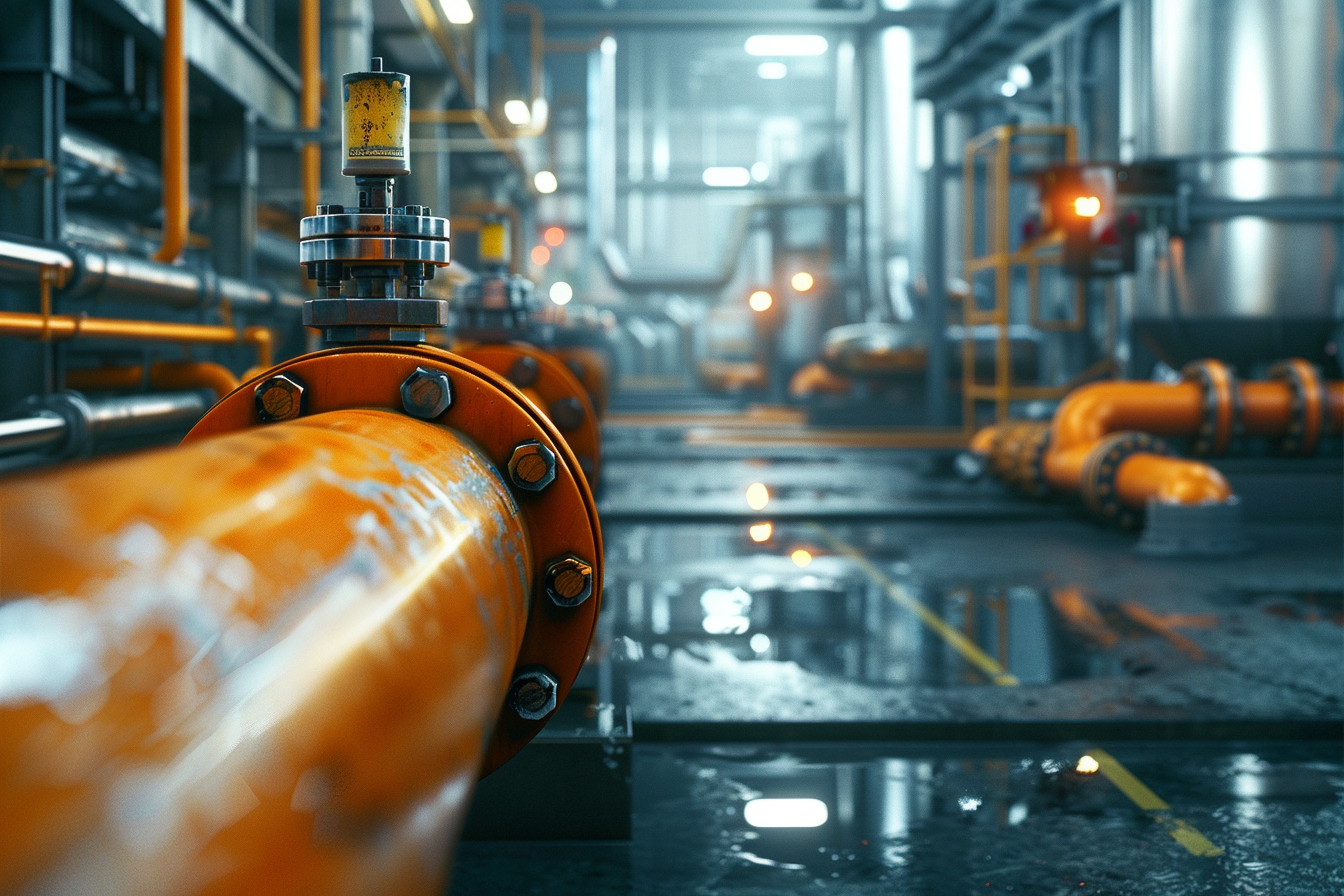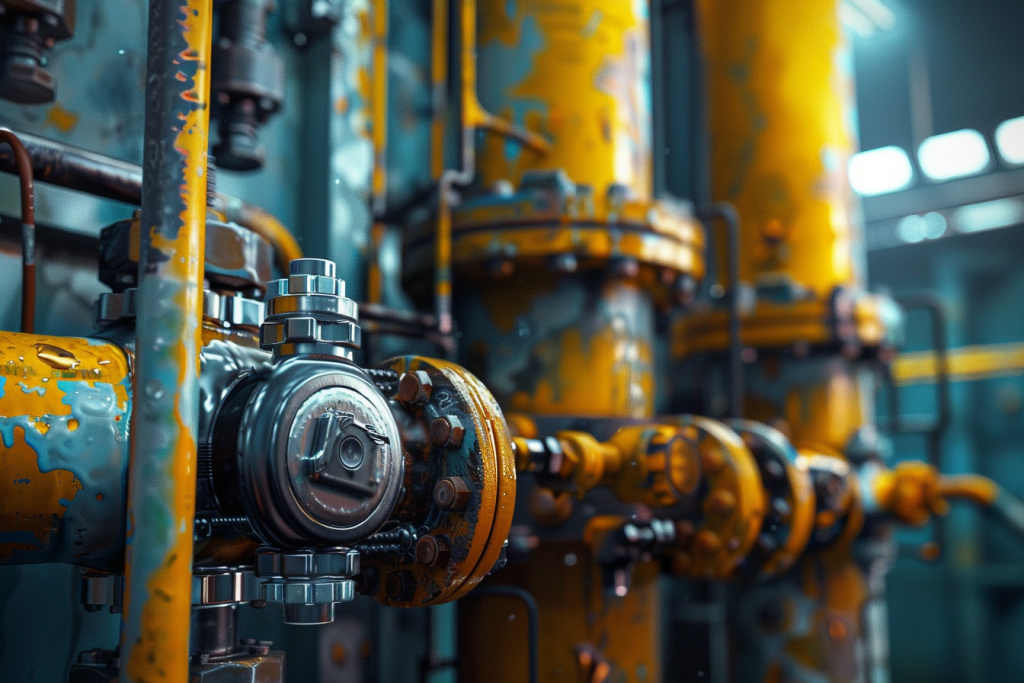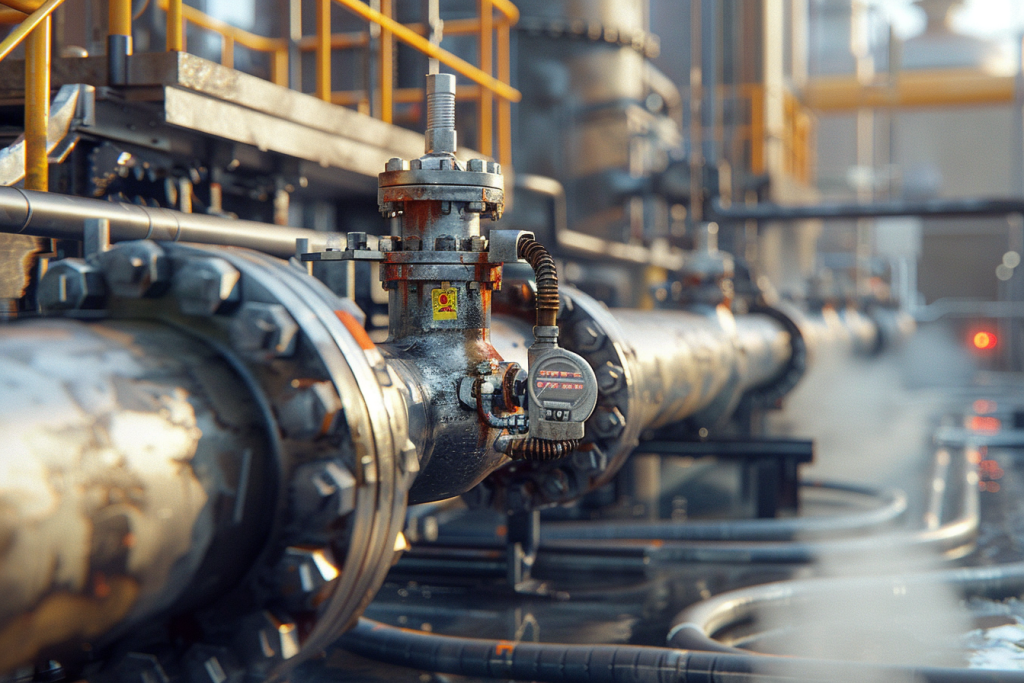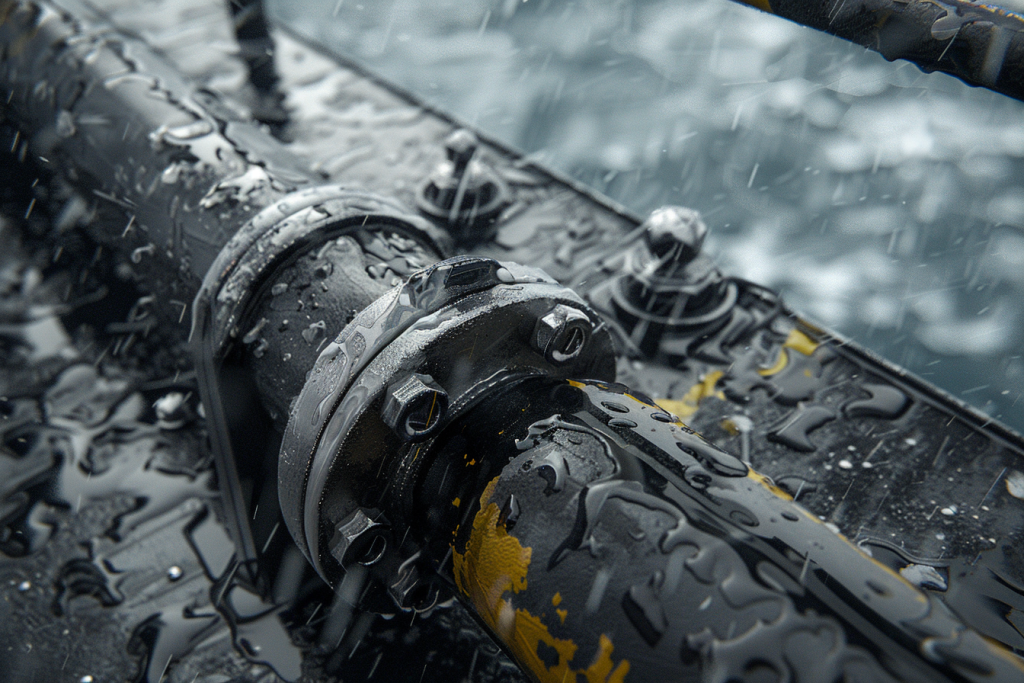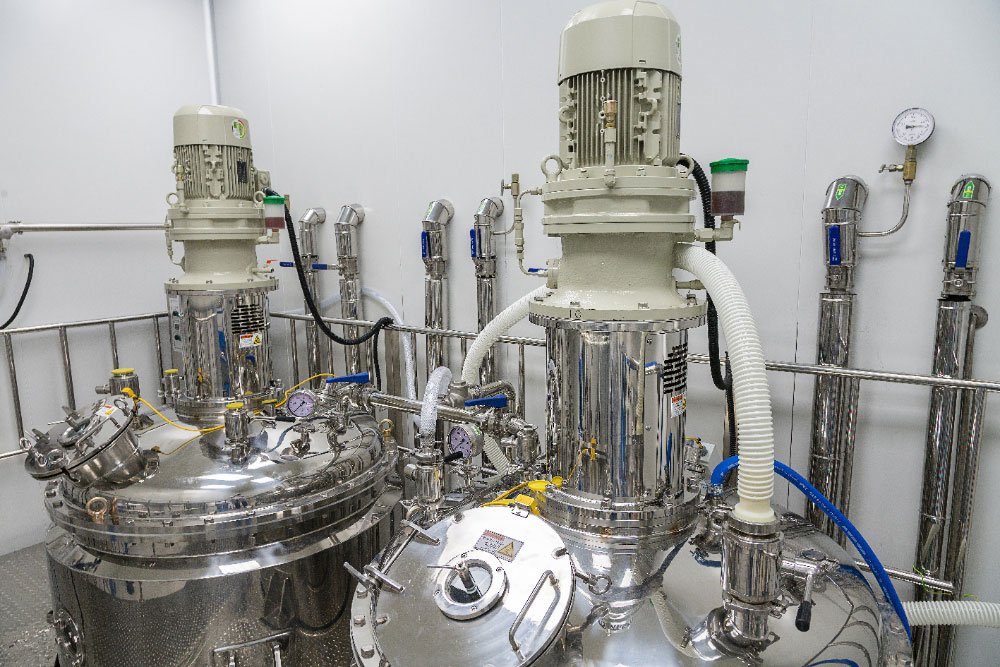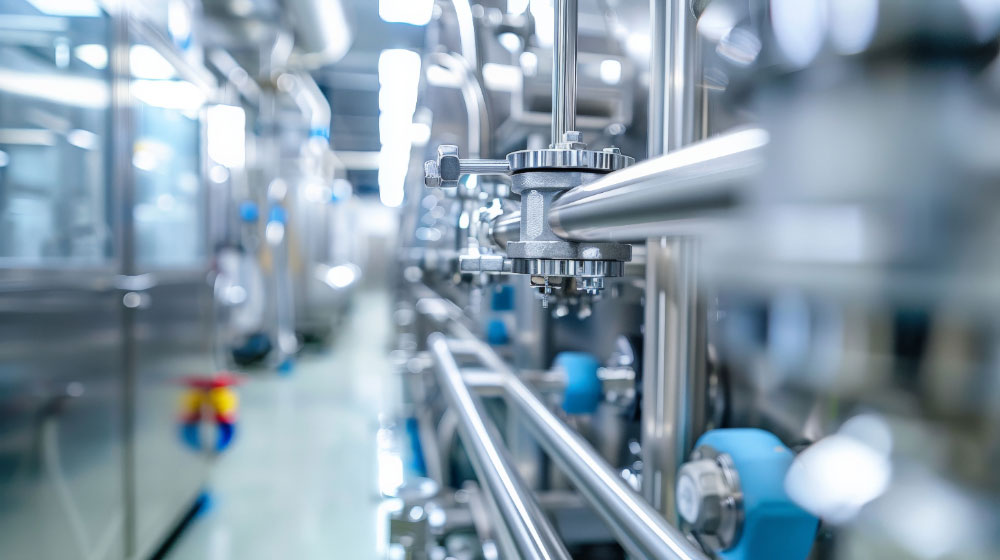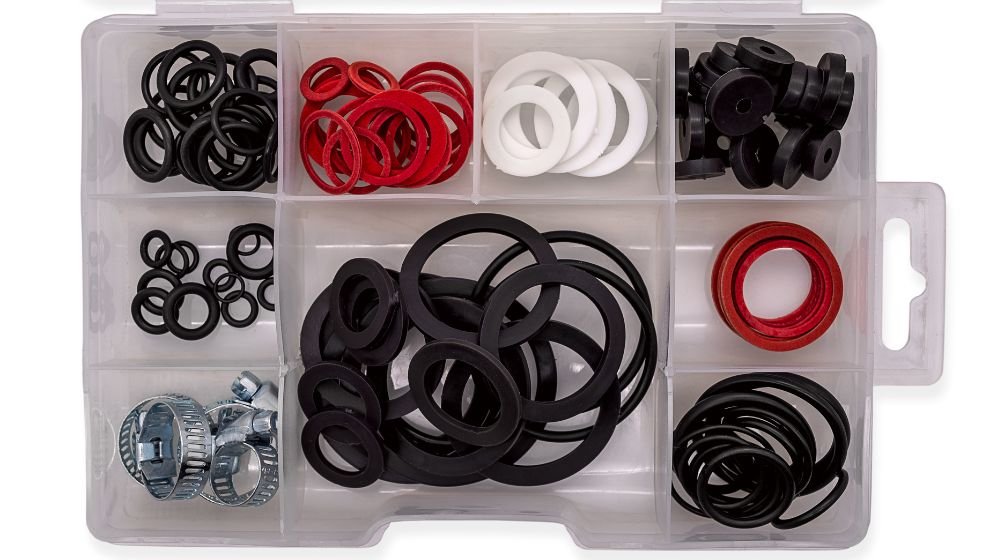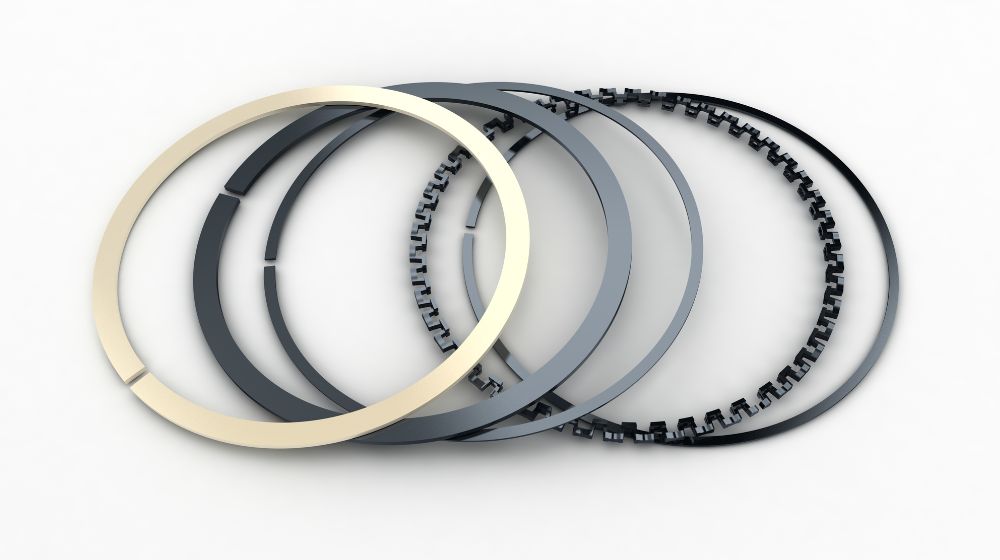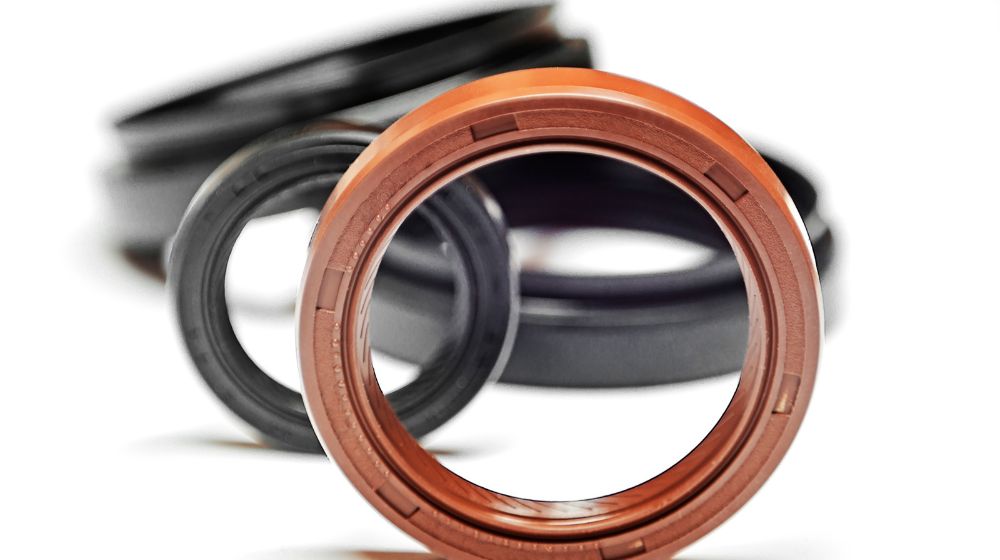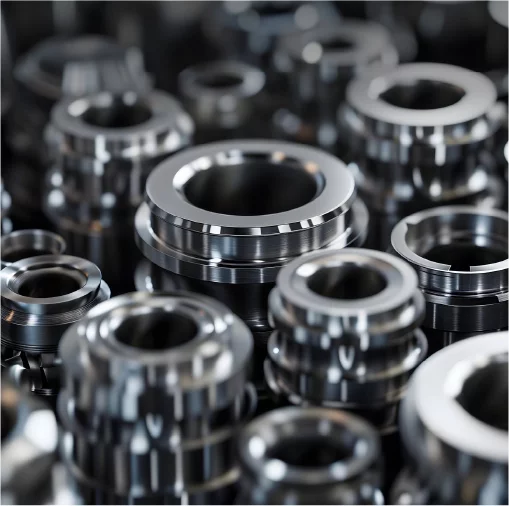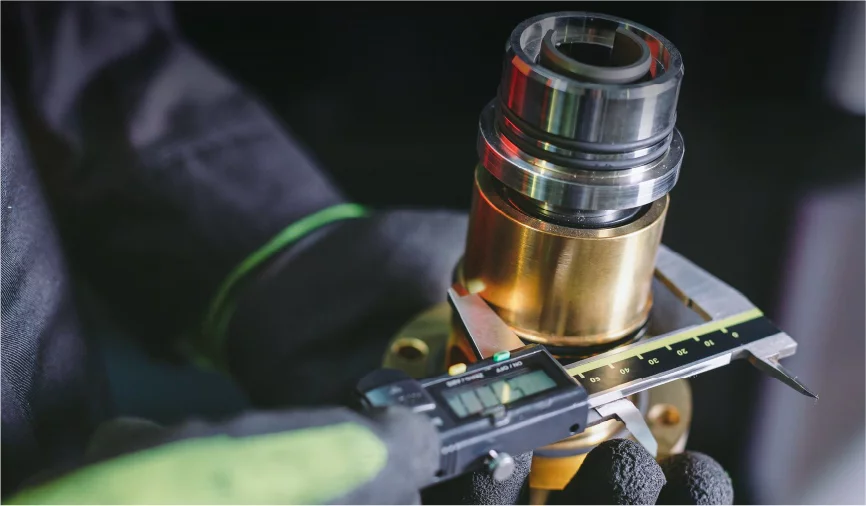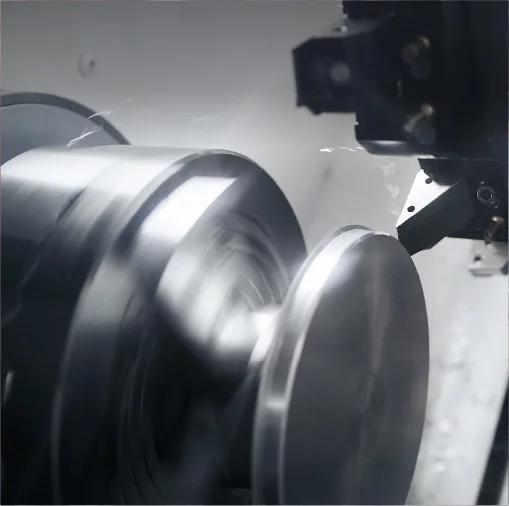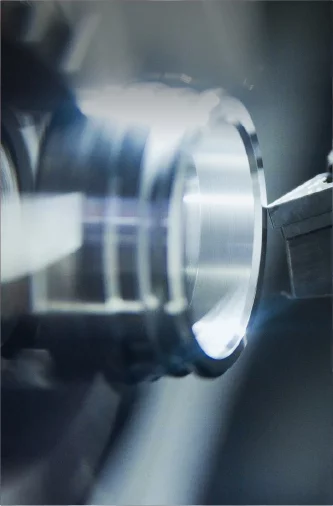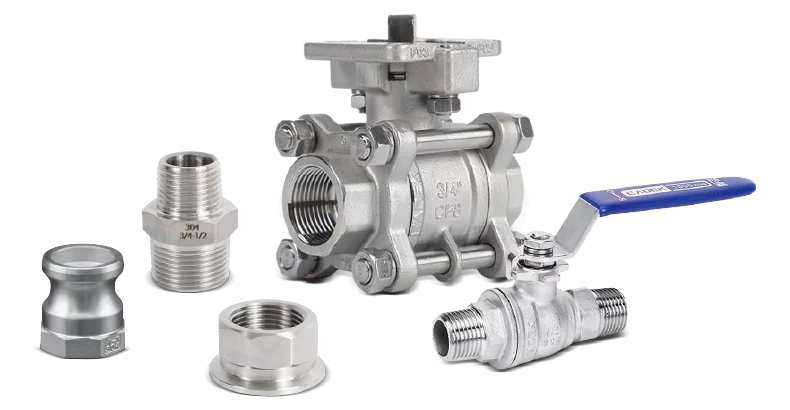Trong lĩnh vực phụ kiện công nghiệp và giải pháp kết nối nhanh, khớp nối camlock nổi bật nhờ hiệu quả và độ tin cậy. Những đầu nối đa năng này rất cần thiết trong các ngành công nghiệp từ hóa dầu đến chế biến thực phẩm, giúp việc vận chuyển chất lỏng, bột và hạt nhanh chóng và an toàn. Nhưng điều gì đảm bảo khớp nối camlock có thể chịu được những yêu cầu khắt khe của các ứng dụng như vậy? Câu trả lời nằm ở quy trình sản xuất của chúng, đặc biệt là việc sử dụng công nghệ đúc khuôn vĩnh cửu.
Quy trình đúc khuôn vĩnh cửu là gì?
Đúc khuôn vĩnh cửu, còn được gọi là đúc khuôn trọng lực, là một quy trình sản xuất trong đó kim loại nóng chảy được rót vào khuôn kim loại có thể tái sử dụng. Không giống như đúc khuôn cát, trong đó khuôn bị vỡ ra để lấy sản phẩm đúc, đúc khuôn vĩnh cửu cho phép sử dụng đa mục đích, đảm bảo tính nhất quán và hiệu quả trong sản xuất.
Các tính năng chính của đúc khuôn vĩnh cửu:
- Khuôn có thể tái sử dụng: Khuôn thường được làm bằng thép hoặc gang, được thiết kế để chịu được việc sử dụng nhiều lần mà không bị mài mòn đáng kể.
- Hoàn thiện bề mặt được cải tiến: Khuôn kim loại có bề mặt hoàn thiện mịn hơn so với khuôn dùng một lần, giúp giảm nhu cầu gia công nhiều.
- Tính chất cơ học được cải thiện: Tốc độ làm nguội trong quá trình đúc khuôn vĩnh cửu nhanh hơn, tạo ra cấu trúc hạt kim loại mịn hơn và cải thiện các tính chất cơ học.
- Độ chính xác về kích thước: Phương pháp này tạo ra các bộ phận có dung sai kích thước chặt chẽ, rất quan trọng đối với các thành phần cần lắp ráp chính xác.

Tầm quan trọng trong sản xuất khớp nối Camlock
Khớp nối Camlock phải đáp ứng các tiêu chuẩn cao về chất lượng và độ bền để hoạt động hiệu quả trong môi trường khắc nghiệt. Sau đây là cách đúc khuôn vĩnh cửu góp phần đạt được các tiêu chuẩn này:
1. Độ bền và sức mạnh vượt trội
Quá trình làm nguội nhanh trong đúc khuôn vĩnh cửu tạo ra cấu trúc kim loại đặc hơn, ít túi khí và khuyết tật co ngót hơn. Mật độ này tăng cường độ bền của khớp nối camlock, giúp chúng chống mài mòn tốt hơn.
2. Chất lượng ổn định
Khuôn đúc tái sử dụng đảm bảo mỗi khớp nối camlock được sản xuất đều có kích thước và tính chất giống hệt nhau. Sự đồng nhất này rất quan trọng đối với khả năng tương thích và hoán đổi, cho phép các khớp nối từ các lô khác nhau khớp nối liền mạch với nhau.
3. Cải thiện bề mặt hoàn thiện
Bề mặt nhẵn hơn giúp giảm ma sát và khả năng ăn mòn, kéo dài tuổi thọ của khớp nối. Điều này cũng đồng nghĩa với việc giảm nhu cầu gia công sau đúc, giúp giảm chi phí sản xuất và thời gian giao hàng.
4. Dung sai chặt chẽ và độ chính xác
Đúc khuôn vĩnh cửu đạt được kích thước chính xác, yếu tố then chốt cho hiệu suất chống rò rỉ của khớp nối camlock. Dung sai chặt chẽ đảm bảo độ kín hoàn hảo khi kết nối các khớp nối, ngăn ngừa rò rỉ và duy trì tính toàn vẹn của hệ thống.
5. Tính linh hoạt của vật liệu
Phương pháp đúc này phù hợp với nhiều loại kim loại thường được sử dụng trong khớp nối camlock, bao gồm nhôm, đồng thau và một số hợp kim thép. Nhà sản xuất có thể lựa chọn vật liệu tối ưu dựa trên ứng dụng mong muốn, dù là khả năng chống hóa chất, yêu cầu trọng lượng nhẹ hay yêu cầu độ bền cao.
Ưu điểm so với các phương pháp đúc khác
Mặc dù có nhiều phương pháp đúc khác nhau, nhưng đúc khuôn vĩnh cửu mang lại những lợi thế riêng biệt để sản xuất khớp nối camlock:
- Hiệu quả trong sản xuất khối lượng lớn: Khả năng tái sử dụng khuôn giúp giảm thời gian chuẩn bị giữa các lần đúc, lý tưởng cho các đợt sản xuất lớn.
- Hiệu quả về chi phí: Mặc dù khoản đầu tư ban đầu để tạo khuôn vĩnh viễn cao hơn, nhưng chi phí lâu dài cho mỗi bộ phận sẽ giảm do khuôn có tuổi thọ cao và giảm lãng phí vật liệu.
- Tính chất cơ học được cải thiện: So với đúc khuôn cát, đúc khuôn vĩnh cửu cung cấp các bộ phận có đặc tính cơ học tốt hơn, điều này rất cần thiết cho các bộ phận chịu ứng suất cơ học.
Quy trình sản xuất từng bước
Để đánh giá đầy đủ vai trò của đúc khuôn vĩnh cửu, chúng ta hãy đi sâu vào các bước điển hình liên quan đến việc sản xuất khớp nối camlock bằng phương pháp này:
1. Thiết kế khuôn mẫu: Các kỹ sư tạo ra khuôn mẫu dựa trên thông số kỹ thuật chính xác của khớp nối camlock. Khuôn mẫu phải tạo điều kiện dễ dàng để tháo rời phần đã đông đặc trong khi vẫn duy trì dung sai chặt chẽ.
2. Chuẩn bị khuôn: Trước khi đúc, khuôn được làm sạch và phủ một lớp vật liệu chịu lửa hoặc bôi trơn để dễ dàng tháo chi tiết và kéo dài tuổi thọ khuôn.
3. Làm tan chảy kim loại: Hợp kim kim loại được chọn sẽ được nấu chảy trong lò, đạt đến nhiệt độ cần thiết để đảm bảo tính lưu động và lấp đầy khoang khuôn một cách thích hợp.
4. Đổ kim loại: Kim loại nóng chảy được rót cẩn thận vào khuôn dưới tác dụng của trọng lực. Một số quy trình có thể sử dụng kỹ thuật áp suất thấp hoặc đổ nghiêng để tối ưu hóa quá trình điền đầy và giảm thiểu khuyết tật.
5. Làm mát và đông đặc: Kim loại nguội và đông đặc nhanh chóng nhờ tính dẫn điện của khuôn kim loại. Việc làm nguội có kiểm soát là rất cần thiết để ngăn ngừa ứng suất bên trong và đạt được cấu trúc vi mô mong muốn.
6. Đẩy vật đúc ra: Sau khi đông cứng, khuôn được mở ra và vật đúc được lấy ra. Chi tiết có thể trải qua các công đoạn hoàn thiện tối thiểu, chẳng hạn như cắt bỏ vật liệu thừa hoặc gia công nhỏ.
7. Kiểm tra chất lượng: Mỗi khớp nối camlock đều được kiểm tra để đảm bảo đáp ứng các tiêu chuẩn chất lượng nghiêm ngặt cần thiết cho các ứng dụng công nghiệp. Điều này bao gồm kiểm tra kích thước, kiểm tra bề mặt, và đôi khi là kiểm tra không phá hủy để phát hiện các khuyết tật bên trong.
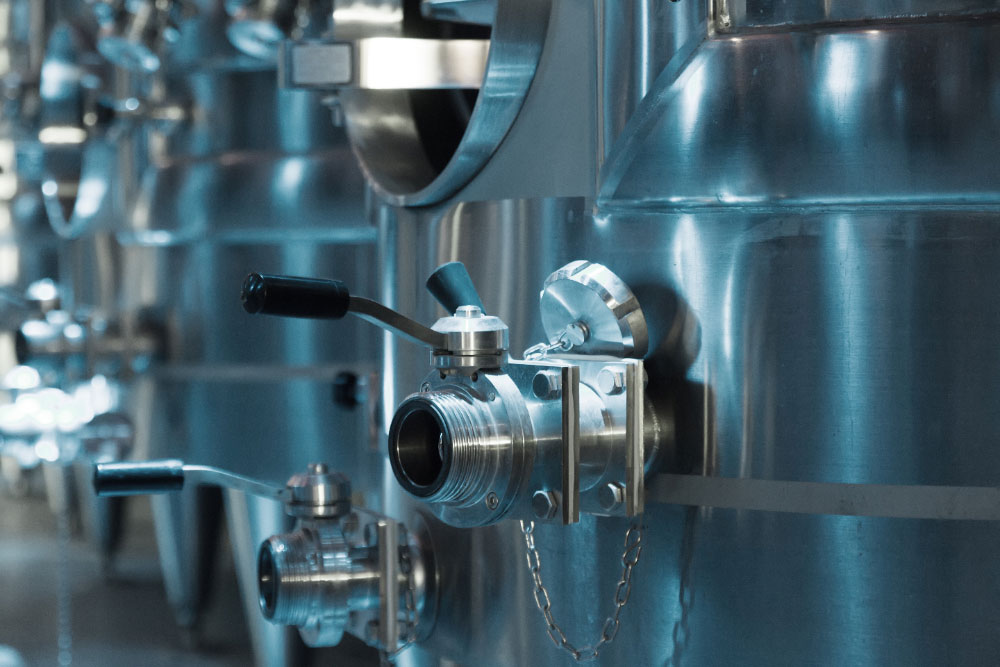
Đảm bảo chất lượng và tuân thủ
Các nhà sản xuất sử dụng khuôn đúc vĩnh cửu cho khớp nối camlock thường tuân thủ các tiêu chuẩn chất lượng quốc tế, chẳng hạn như ISO 9001:2015. Các tiêu chuẩn này yêu cầu quy trình kiểm soát chất lượng nghiêm ngặt trong suốt quá trình sản xuất. Bằng cách kết hợp khuôn đúc vĩnh cửu với quản lý chất lượng nghiêm ngặt, các nhà sản xuất có thể cung cấp khớp nối camlock luôn đáp ứng hoặc vượt quá mong đợi của ngành.
Tác động đến người dùng cuối
Đối với các doanh nghiệp sử dụng khớp nối camlock, lợi ích của việc đúc khuôn vĩnh viễn được thể hiện như sau:
- Độ tin cậy: Giảm nguy cơ hỏng khớp nối do tính toàn vẹn của vật liệu vượt trội.
- Sự an toàn: Hiệu suất được nâng cao giúp giảm khả năng rò rỉ hoặc ngắt kết nối, điều này có thể rất quan trọng trong môi trường nguy hiểm.
- Tiết kiệm chi phí: Các khớp nối bền có nghĩa là ít phải thay thế và ít thời gian chết hơn, cải thiện hiệu quả hoạt động.
- Tính linh hoạt: Các khớp nối chất lượng cao có thể xử lý nhiều loại chất lỏng và điều kiện khác nhau, mở rộng khả năng ứng dụng của chúng trong nhiều quy trình khác nhau.
Nhìn về phía trước: Những đổi mới trong đúc
Ngành sản xuất tiếp tục đổi mới, với những tiến bộ trong công nghệ đúc hứa hẹn hiệu suất cao hơn nữa cho khớp nối camlock. Những phát triển như đúc kim loại bán rắn và sử dụng mô phỏng máy tính để tối ưu hóa thiết kế khuôn đang dần hiện hữu. Những đổi mới này nhằm mục đích nâng cao hơn nữa chất lượng, giảm chi phí và giảm thiểu tác động môi trường của quy trình đúc.
Phần kết luận
Đúc khuôn vĩnh cửu đóng vai trò then chốt trong việc sản xuất khớp nối camlock chất lượng cao. Khả năng sản xuất các chi tiết có độ bền vượt trội, kích thước chính xác và độ hoàn thiện bề mặt tuyệt hảo khiến đúc khuôn vĩnh cửu trở thành phương pháp được các nhà sản xuất hướng đến sự hoàn hảo ưa chuộng. Hiểu rõ quy trình này mang lại cho người dùng cuối sự tự tin vào sản phẩm mà họ tin tưởng và làm nổi bật tầm quan trọng của quy trình sản xuất trong việc cung cấp các giải pháp công nghiệp đáng tin cậy.
Cho dù bạn đang làm việc trong ngành đòi hỏi mức độ an toàn và độ tin cậy cao nhất hay quan tâm đến các kỹ thuật sản xuất đằng sau các thành phần thiết yếu, việc tìm hiểu vai trò của đúc khuôn vĩnh cửu trong khớp nối camlock đều rất bổ ích và thiết thực. Khóa học này cho thấy sự kết hợp giữa kỹ thuật tỉ mỉ và quy trình sản xuất tiên tiến để tạo ra những công cụ thiết yếu, giúp các ngành công nghiệp vận hành trơn tru.

